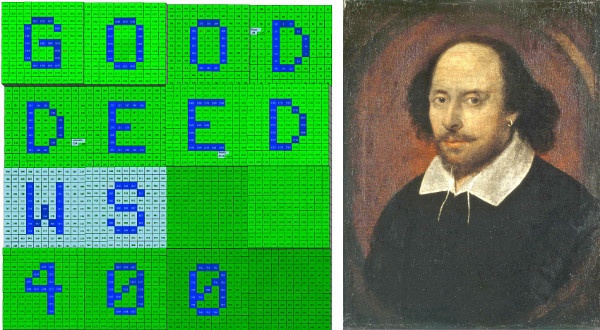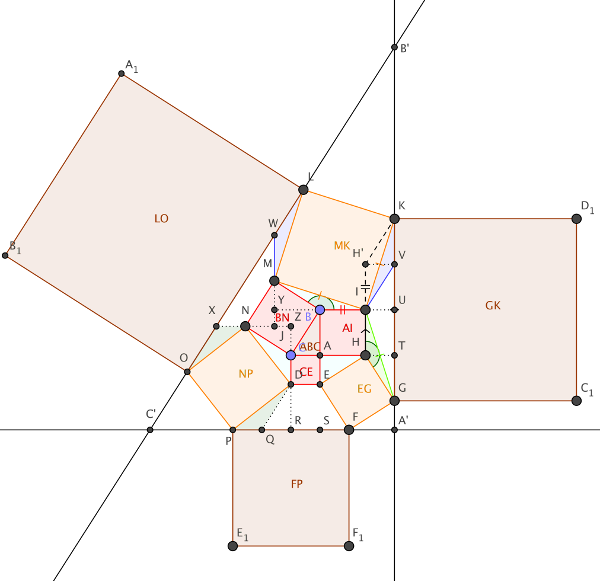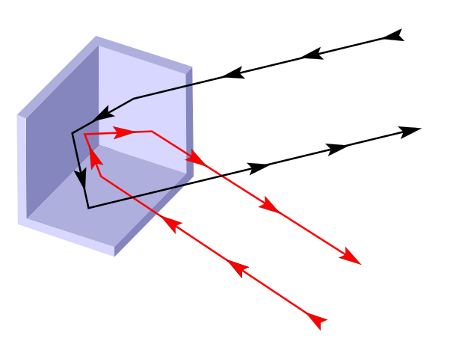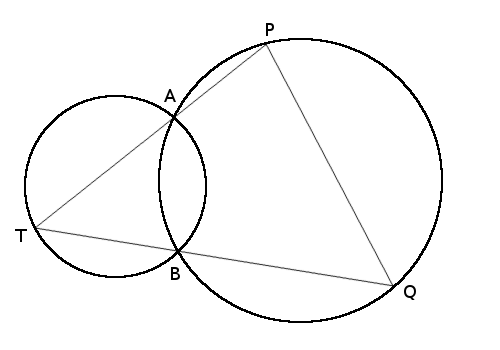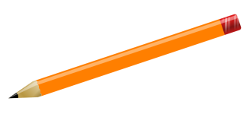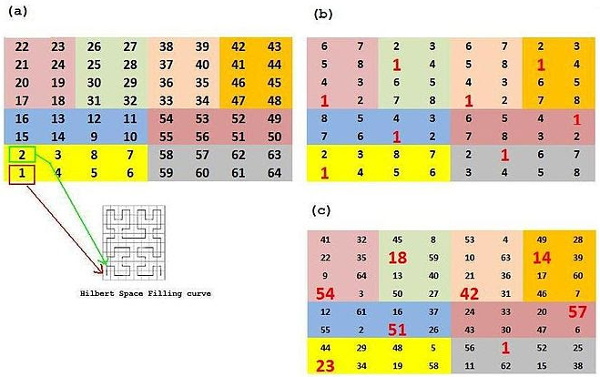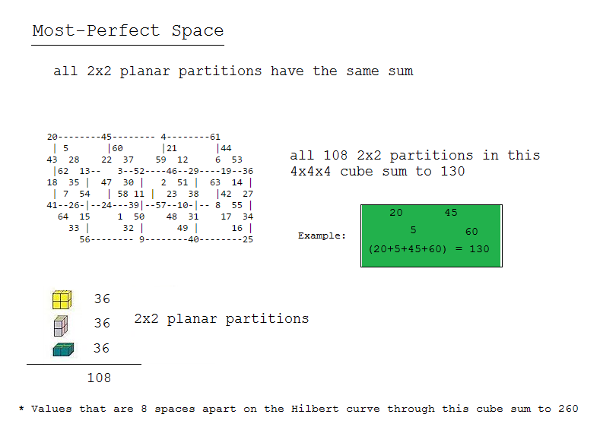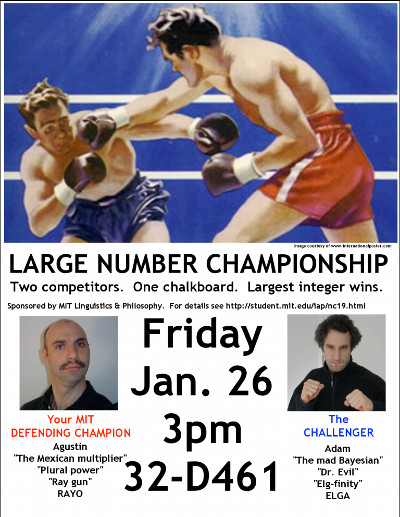
In January 2007, inspired by this article by computer scientist Scott Aaronson, philosophers Agustín Rayo of MIT and Adam Elga of Princeton joined in the “large number duel” to come up with the largest finite number ever written on an ordinary-sized chalkboard.
The rules were simple. The two would take turns writing down expressions denoting natural numbers, and whoever could name the largest number would win the duel. No primitive semantic vocabulary was allowed (so that it would be illegal simply to write the phrase “the smallest number bigger than any number named by a human so far”), and the two agreed not to build on one another’s contributions (so neither could simply write “the previous entry plus one”).
Elga went first, writing the number 1. Rayo countered with a string of 1s:
111111111111111111111111111111111111111111111111111111111111
and Elga erased a line through the base of half this string to produce a factorial:
1111111111111111111111111111!!!!!!!!!!!!!!!!!!!!!!!!!!!!!!!!
The two began defining their own functions, and toward the end Rayo wrote this phrase:
The smallest number bigger than any number that can be named by an expression in the language of first-order set theory with less than a googol (10100) symbols.
With some tweaking, this became the winning entry, now enshrined as “Rayo’s number.”
“It was a great game,” Elga said after the match. “Heated at times, but nevertheless, a really great game.”
The use of philosophy was “crucial,” Rayo said. “The limit of math ability was reached at the end. Knowing a bit of philosophy, that was the key.”
Asked whether he thought his entry had set the Guinness world record, “It’s hard to be sure,” Rayo said, “but the number is bigger than any number I have ever seen.”
(Thanks, Erik.)

